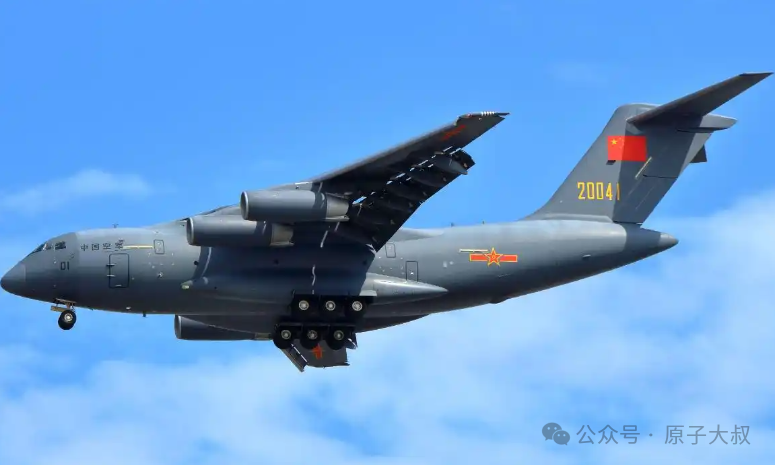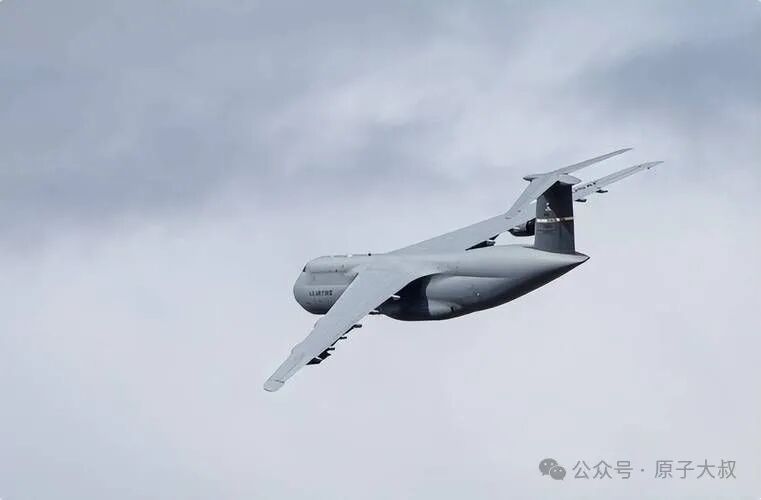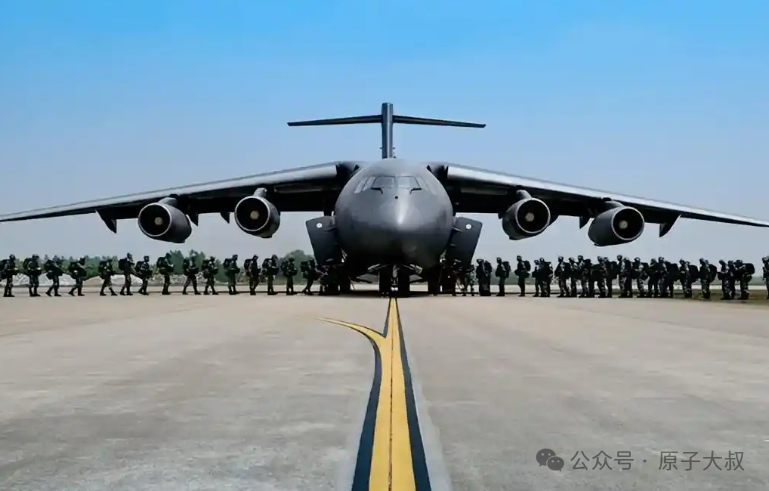Recently, the international aviation community has sparked a heated discussion as China’s self-developed new generation large transport aircraft, the Y-40, has once again become the focus. According to reliable sources, this transport aircraft, dubbed the “Aerial Behemoth,” features an innovative double-deck cargo hold design that can carry heavy equipment equivalent to a complete armored company in a single flight. In stark contrast, the U.S. C-5 “Galaxy” transport aircraft is still busy “counting rivets” on its outdated airframe designed in the 1960s. This striking comparison makes one marvel at how the gap in the large transport aircraft sector between the East and West is quietly changing.

Technological Breakthrough: From Catching Up to Leading
It is important to note that large transport aircraft are a significant indicator of a country’s aviation industry strength and strategic delivery capability. The U.S. C-5 “Galaxy,” as a representative strategic transport aircraft of Western countries, has undergone several upgrades, but its basic design concept remains rooted in the 1960s. The aircraft’s maximum takeoff weight is approximately 381 tons, with a maximum payload capacity of about 118 tons, which was indeed impressive at the time. However, these figures may no longer seem so “shiny” in comparison to the Y-40.
According to industry experts, the Y-40’s maximum takeoff weight could reach an astonishing 500-600 tons, with a maximum payload potentially exceeding 150 tons. More importantly, the Y-40 employs a revolutionary double-deck cargo hold design that not only significantly enhances space utilization but also addresses the load-bearing issues between the upper and lower decks through innovative structural technology. This design allows the Y-40 to carry more equipment within the same volume, especially heavy machinery and large supplies.
In contrast, while the U.S. C-5 “Galaxy” has been in service for many years, its structural design is relatively outdated. U.S. engineers are often required to check the condition of thousands of rivets on the aircraft to ensure that this “old-timer” can fly safely. This “counting rivets” scenario perfectly illustrates the current lack of innovation in the U.S. large transport aircraft sector.

From Dream to Reality: The National Will Behind the Y-40
In fact, the successful development of the Y-40 is not a coincidence. Prior to this, China had successfully developed the Y-20 large transport aircraft, which broke the long-standing monopoly of Western countries in this field. The success of the Y-20 laid a solid foundation for the Y-40 and accumulated valuable experience.
China has made breakthrough progress in key technologies such as aviation materials, large engines, and airframe structural design. Notably, the engine technology of the Y-40 features a new type of high-thrust engine, with a single engine thrust expected to exceed 30 tons, marking a significant leap in China’s aviation power technology. Additionally, the extensive use of advanced composite materials has significantly reduced the weight of the Y-40 while ensuring strength, improving fuel efficiency and range.
The innovative design of the double-deck cargo hold allows the Y-40 to load all heavy equipment equivalent to an armored company in one go, which has caused a huge stir in the international aviation community. It is speculated that the lower cargo hold of the Y-40 may be used for heavy equipment, such as heavy vehicles and large supplies, while the upper cargo hold may be used for transporting personnel or lighter equipment. This design greatly enhances strategic delivery efficiency and provides stronger logistical support for future emergency rescue and humanitarian assistance.

I believe that the emergence of the Y-40 represents a new stage in China’s aviation industry. From initial imitation to independent innovation, and now to leading breakthroughs, this journey has not been easy. The Y-40 is not just an advanced large transport aircraft; it is also a symbol of China’s comprehensive national strength enhancement. Of course, no technological development can be achieved overnight, and the development of the Y-40 still faces many challenges. However, as long as we maintain confidence and continue to invest, I believe the Y-40 will soon soar into the blue sky, allowing the world to witness the power of Chinese aviation!
References:
1. “International Aviation Technology Review” Issue 8, 2023
2. “Trends in Modern Military Equipment Development” Research Report
3. “History of Large Transport Aircraft Development” Monograph
The views expressed above are solely my personal opinions and are for reference only.